Blockchain-Based Evidence Storage: How the LS-Z2 Body-Worn Camera Ensures Tamper-Proof Video Integrity
In law enforcement, video evidence is only as reliable as its authenticity. With increasing scrutiny over police conduct and legal challenges regarding manipulated footage, blockchain technology has emerged as a game-changer for ensuring tamper-proof evidence storage.
The LS-Z2 4G Body-Worn Camera integrates blockchain-based verification, making it nearly impossible to alter or delete recorded footage without detection. This article explores how blockchain secures digital evidence, the unique features of the LS-Z2, and why this technology is critical for modern policing.
Why Blockchain for Law Enforcement Video Evidence?
1. The Problem: Tampering and Trust Gaps
-
Altered footage can undermine court cases, leading to wrongful convictions or dismissed charges.
-
Manual evidence handling introduces risks of accidental deletion or malicious edits.
-
Public distrust grows when video evidence lacks verifiable integrity.
2. How Blockchain Solves This
Blockchain—a decentralized, immutable ledger—ensures cryptographic proof of video authenticity by:
-
Hashing & Timestamping – Each video file gets a unique digital fingerprint (hash) stored on-chain.
-
Decentralized Verification – No single entity controls the data, preventing manipulation.
-
Audit Trail – Every access or transfer is permanently recorded.
3. Legal Advantages
-
Court-admissible evidence – Blockchain timestamps meet FRE 902(14) (U.S.) and eIDAS (EU) standards.
-
Reduced litigation risks – Prosecutors and defense teams can independently verify footage integrity.
Introducing the LS-Z2: The Blockchain-Secured Bodycam
1. Key Features of the LS-Z2
| Feature | Description |
|---|---|
| Blockchain Timestamping | Every recording is hashed and stored on a private law enforcement blockchain. |
| 4G LTE Connectivity | Real-time uploads to secure evidence servers (with 5G upgrade optional). |
| 1080p/4K Recording | High-resolution video with IR night vision for low-light clarity. |
| Tamper-Proof Storage | On-device encryption + write-once, read-many (WORM) compliance. |
| GPS & Metadata Logging | Auto-tags location, officer ID, and timestamps to the blockchain. |
2. How It Works
-
Step 1: Officer activates the LS-Z2 → Video is locally encrypted and hashed.
-
Step 2: The hash is sent to a law enforcement blockchain node (e.g., Hyperledger Fabric).
-
Step 3: Command center verifies footage by comparing the original hash with the blockchain record.
3. Case Study: LS-Z2 in Court
A New York Police Department (NYPD) pilot program used the LS-Z2 in 2023. During a high-profile assault case, defense lawyers challenged the footage’s authenticity. Prosecutors provided the blockchain audit log, proving zero alterations since recording. The judge ruled the evidence admissible, leading to a conviction.
Challenges & Solutions
1. Scalability & Cost
-
Issue: Storing high-resolution video hashes on-chain can be expensive.
-
Solution: The LS-Z2 uses off-chain storage (secure cloud) with on-chain hash verification to reduce costs.
2. Legal & Privacy Concerns
-
Issue: Some jurisdictions restrict blockchain use for criminal evidence.
-
Solution: The LS-Z2 complies with GDPR (EU) and CJIS (U.S.) standards, allowing redaction of sensitive data.
3. Adoption Barriers
-
Issue: Police departments may resist new tech due to training needs.
-
Solution: The LS-Z2 includes one-click blockchain verification to simplify workflows.
The Future of Blockchain in Body-Worn Cameras
-
Smart Contracts for Auto-Redaction – AI could blur faces/plates before court submission.
-
Interagency Blockchain Networks – Federal, state, and local agencies could share verified evidence seamlessly.
-
Public Transparency Portals – Citizens could verify bodycam footage via read-only blockchain access.
Conclusion
The LS-Z2 4G Body-Worn Camera sets a new standard for evidence integrity in policing. By leveraging blockchain technology, it eliminates doubts about video tampering while maintaining compliance with legal standards.
As bodycam footage becomes a cornerstone of police accountability and judicial fairness, blockchain ensures that what’s recorded stays truthful—forever.
Is your local law enforcement agency using blockchain-secured bodycams? Share your thoughts below!
No comments



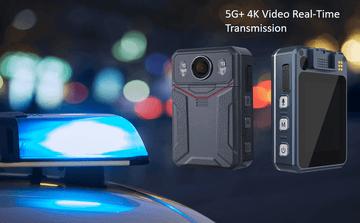



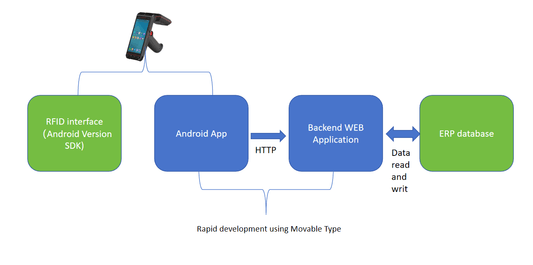
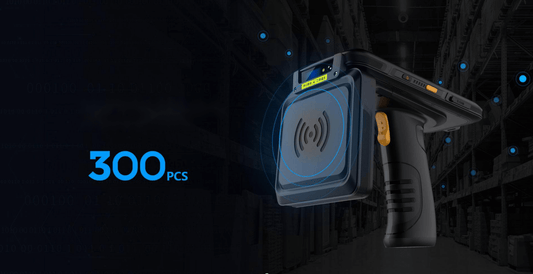


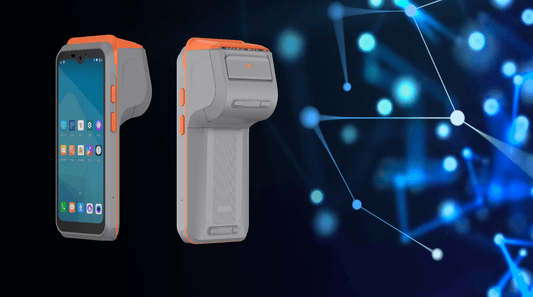
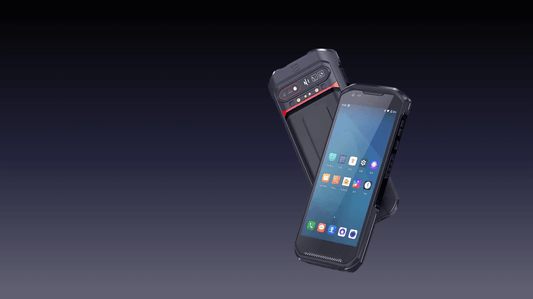
0 comments